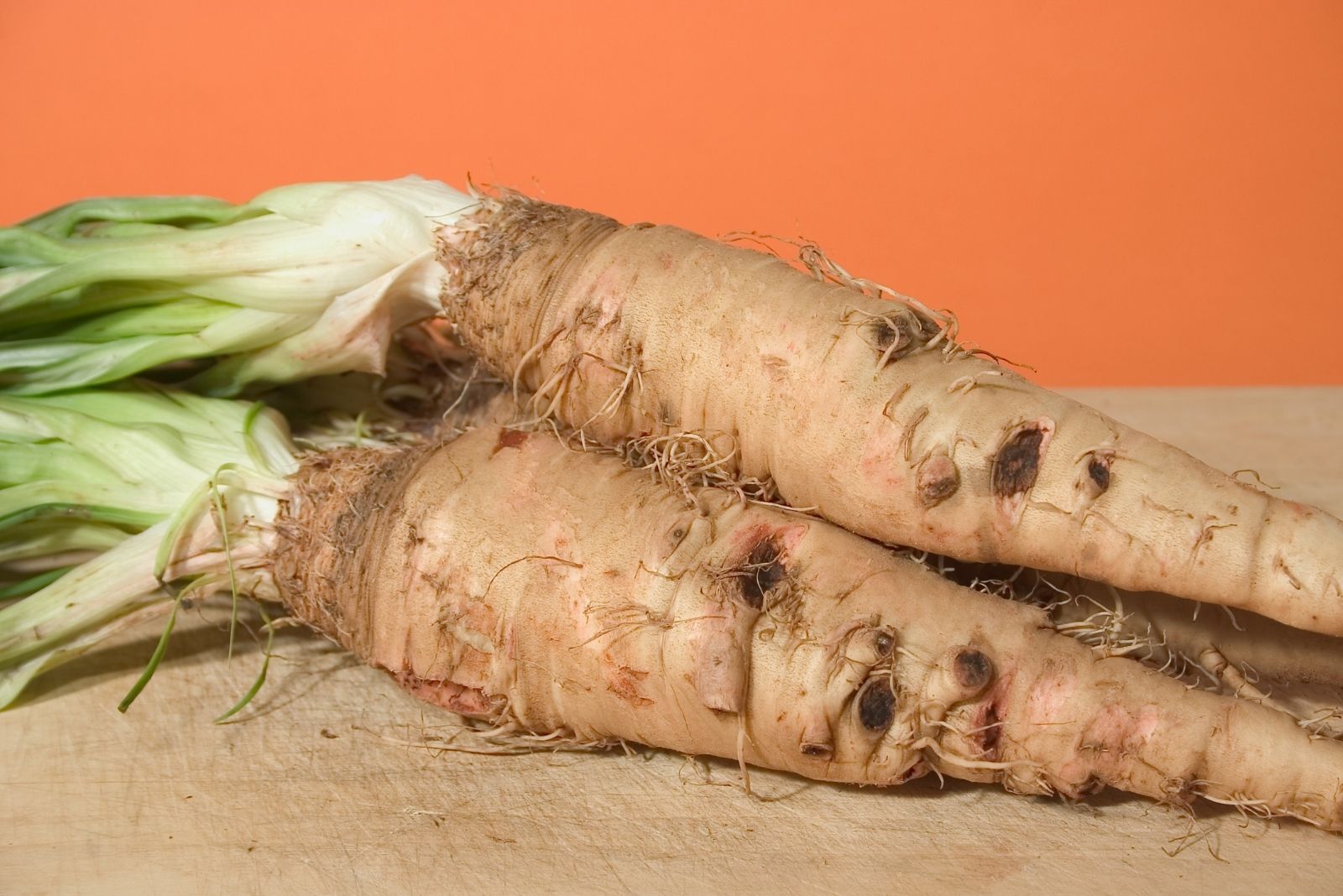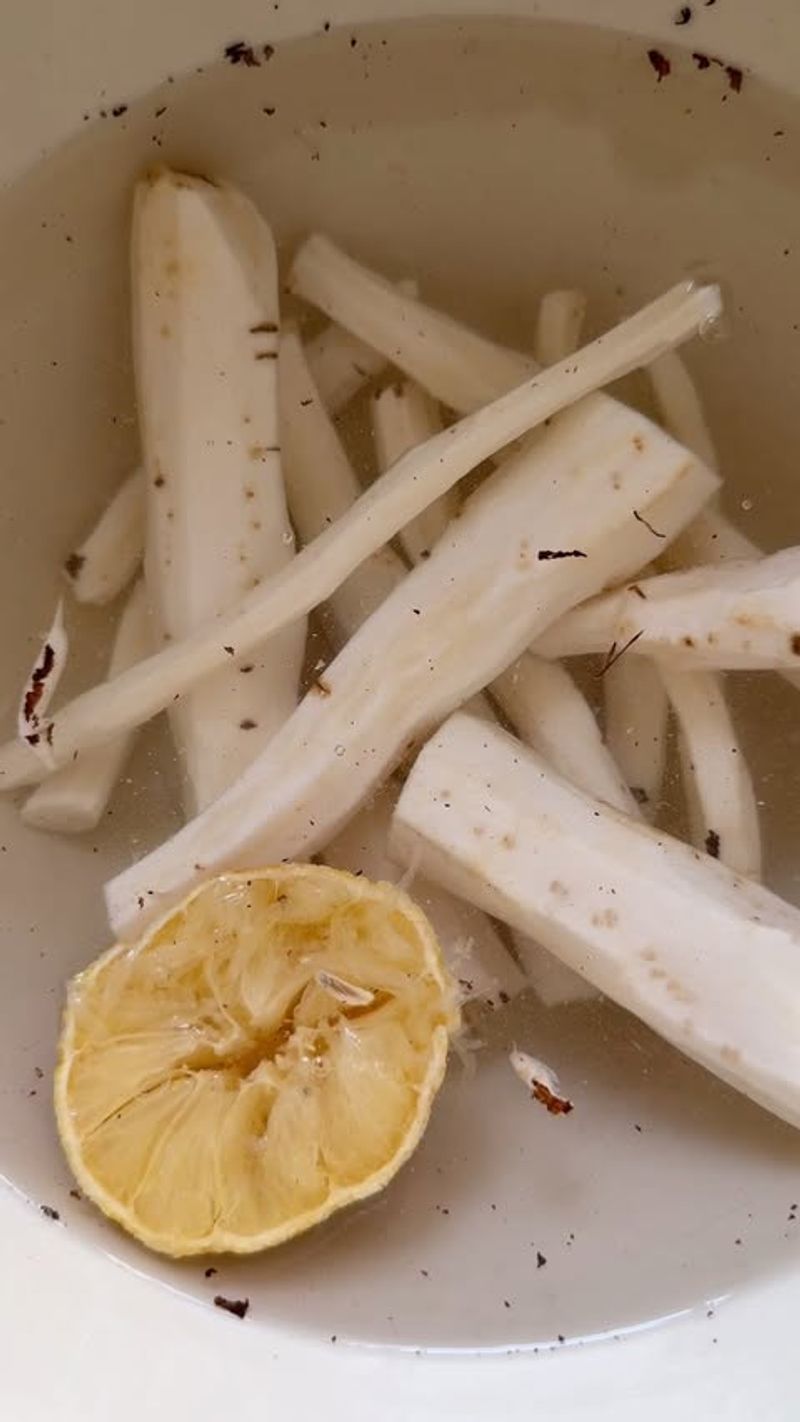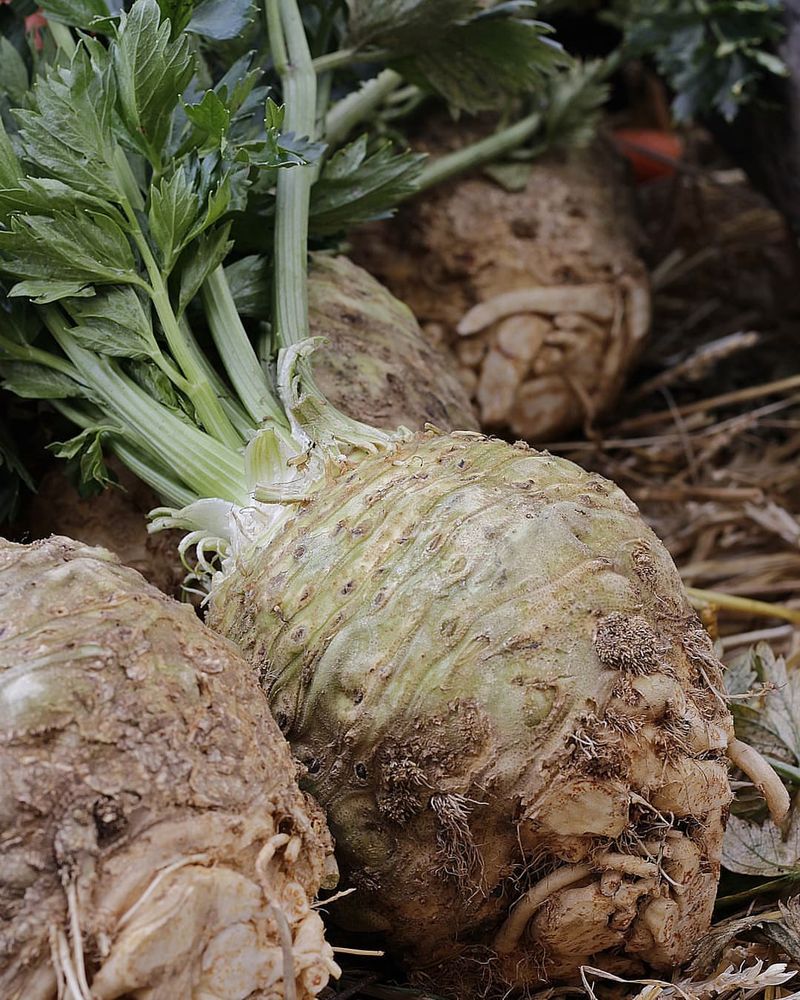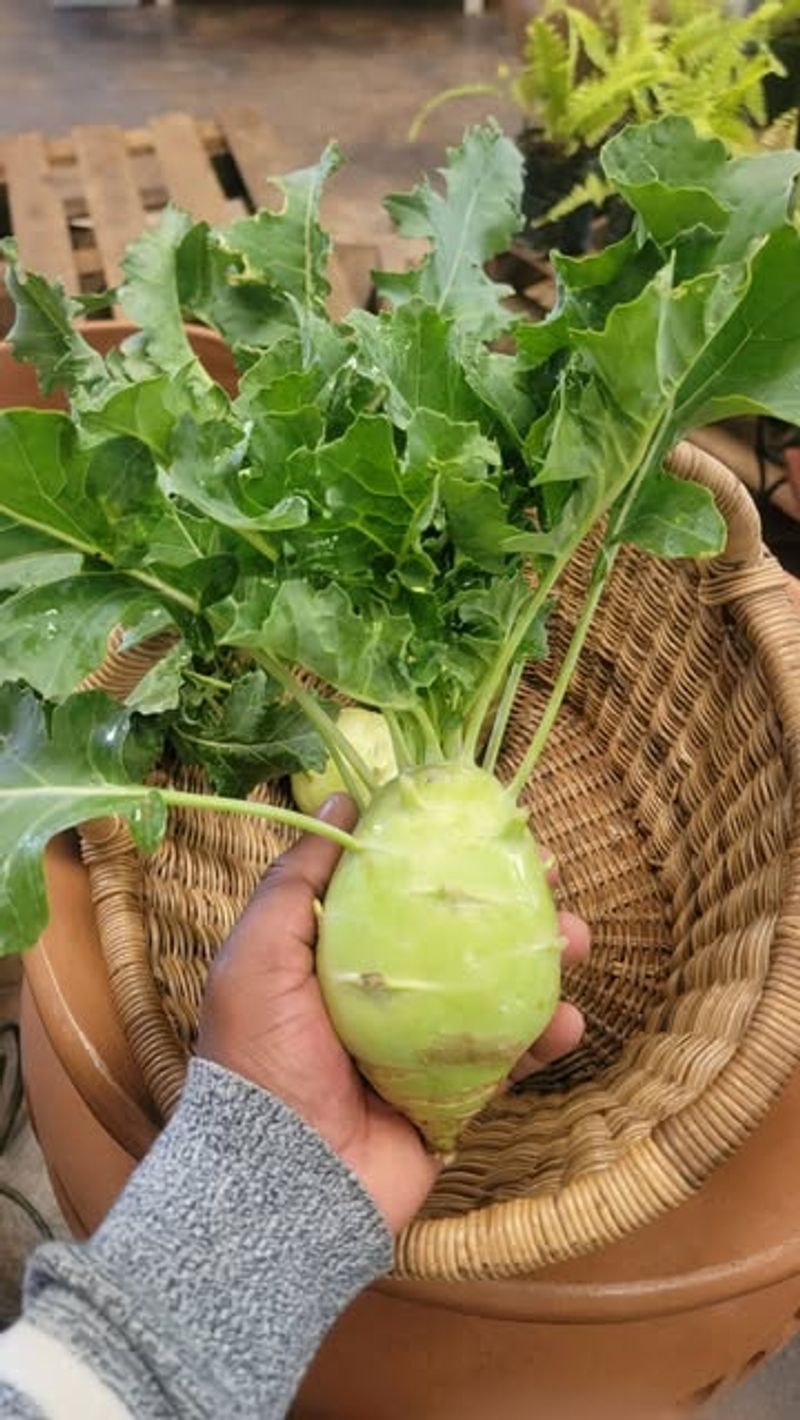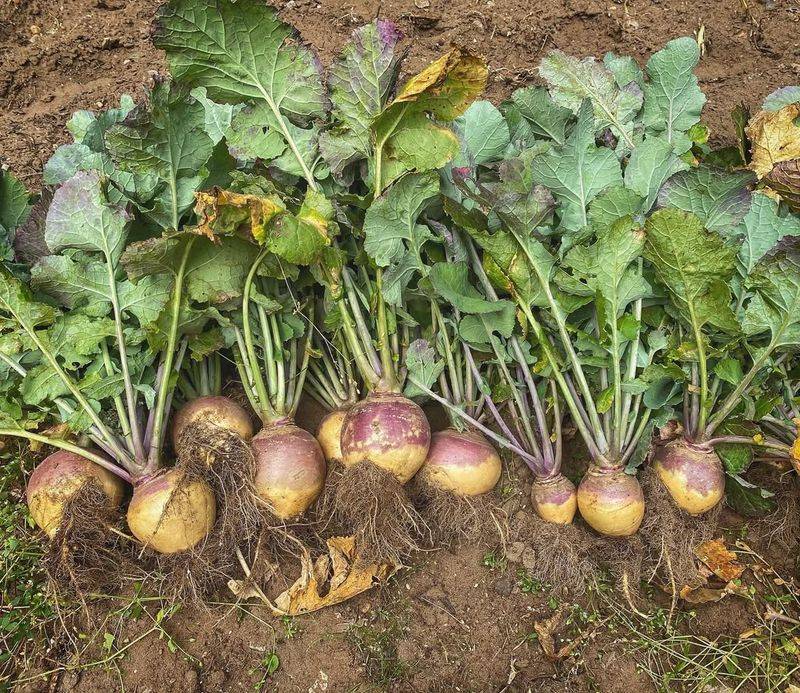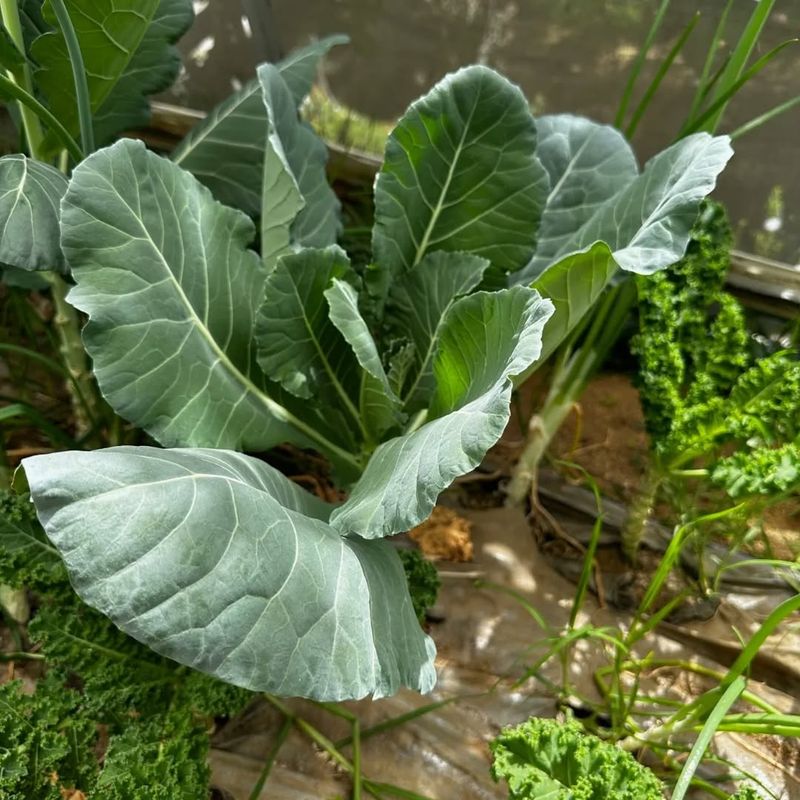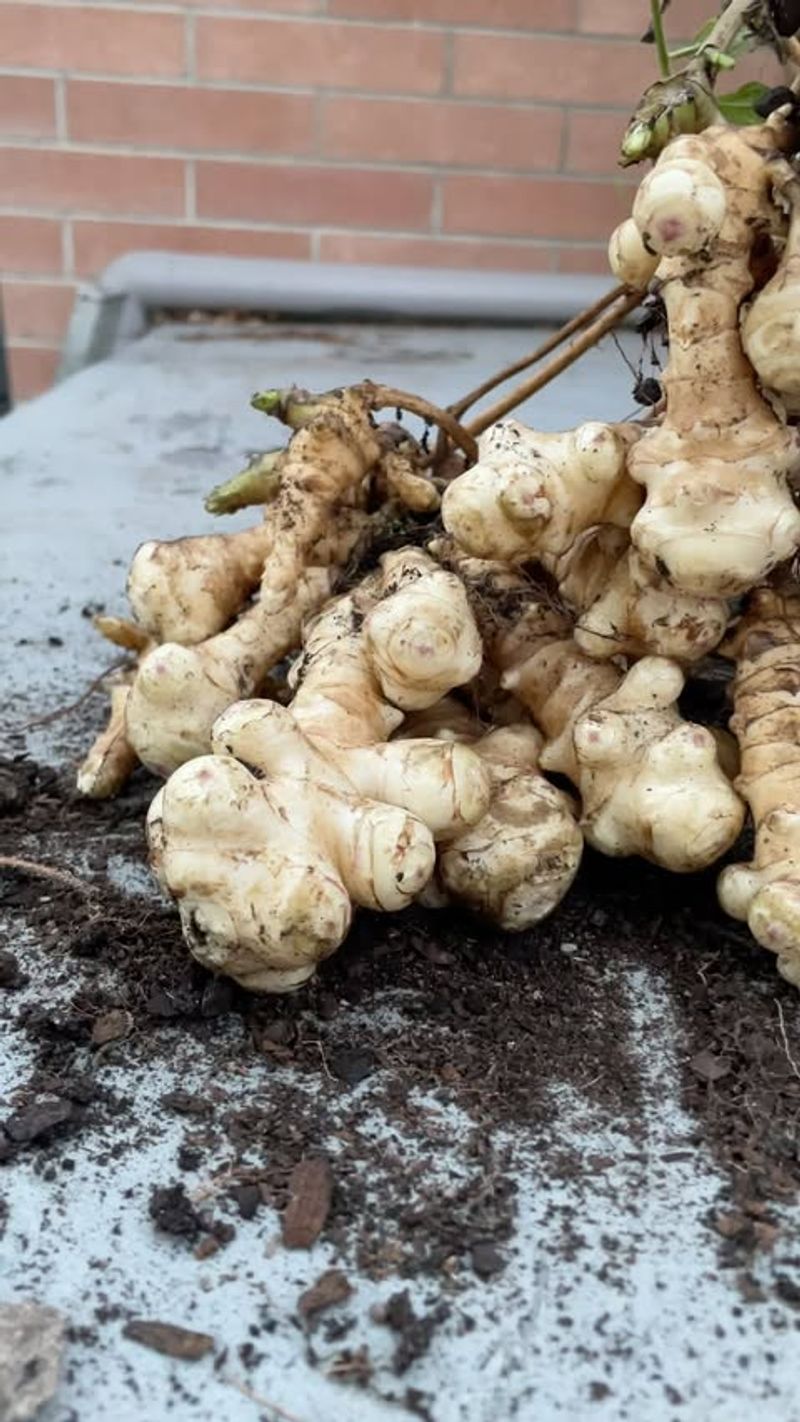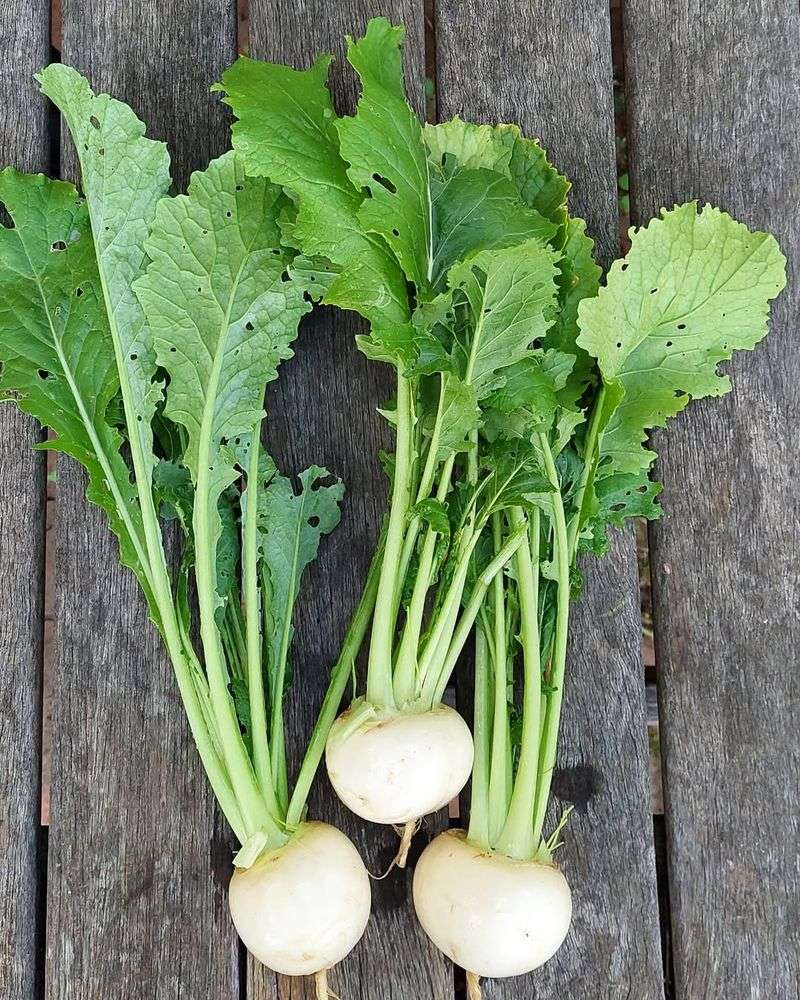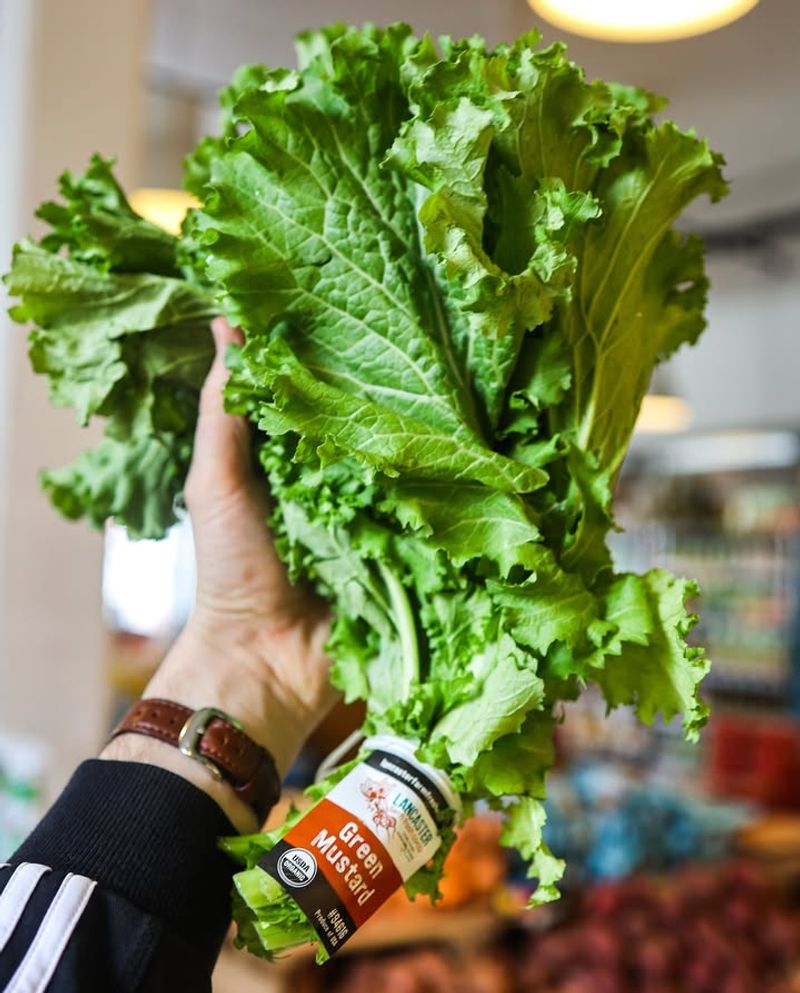Georgia gardeners know fall is one of the best times to grow vegetables, but many of us stick to the same few crops year after year. Decades ago, home gardens across the state were filled with unique vegetables that have since been forgotten or replaced by more common varieties.
This fall, it’s time to bring back some of those old favorites that thrive in Georgia’s cooler weather and add exciting flavors to your harvest.
1. Salsify
Older Georgia gardeners remember salsify from their grandparents’ plots, but somewhere along the way, it disappeared from most seed catalogs and garden plans. People called it the oyster plant because of its unique flavor, and it was a winter staple before supermarkets made fresh produce available year-round.
Fall planting works perfectly in Georgia because salsify needs cool weather to develop its long, tender roots. The plant is low-maintenance and doesn’t mind our unpredictable autumn temperatures.
In my Georgia garden, I’ve noticed salsify actually tastes better after a light frost sweetens the roots. One trick that worked for me was loosening the soil deeply before planting so the roots grow straight and harvest easily.
2. Celeriac
Most gardeners today grow celery stalks, but celeriac—the gnarly root version—has been nearly forgotten even though it once appeared regularly in Southern kitchens. Its bumpy, odd appearance probably scared off modern gardeners who prefer prettier vegetables, but the flavor is worth overlooking the looks.
Georgia’s fall climate suits celeriac beautifully since it grows best in cool, moist conditions without the intense summer heat. It stores well through winter, making it a practical choice for gardeners wanting fresh vegetables during colder months.
If you ask me, celeriac is one of the easiest root crops I’ve grown here. A neighbor shared a tip with me: mulch heavily around the plants to keep the soil consistently moist and the roots will grow larger and smoother.
3. Kohlrabi
Kohlrabi looks like something from another planet with its bulbous stem and sprouting leaves, which might explain why it fell out of favor with gardeners seeking familiar-looking crops. German immigrants brought it to Georgia generations ago, and it thrived in home gardens until people started forgetting about it.
Cool fall temperatures bring out kohlrabi’s sweet, mild flavor, and it matures quickly—usually within two months of planting. Unlike some vegetables, it doesn’t get bitter or woody if you harvest it a little late, making it forgiving for busy gardeners.
I’ve found that kids actually enjoy eating kohlrabi raw because it’s crunchy and slightly sweet. Last fall, I planted both purple and green varieties, and honestly, they both grew beautifully without any pest problems whatsoever.
4. Rutabaga
Rutabagas used to be everywhere in Georgia gardens, especially during the Depression era when families needed hardy, reliable crops that stored well. Somewhere along the way, turnips stayed popular while rutabagas quietly disappeared from most garden plans, even though they’re actually sweeter and more versatile.
Fall planting gives rutabagas time to develop their large roots before winter, and Georgia’s climate provides just enough chill to improve their flavor. They tolerate frost beautifully and can stay in the ground until you’re ready to harvest them.
One thing I’ve learned is that rutabagas need consistent water to prevent the roots from getting tough or cracking. My grandmother always said they were the best keepers in the root cellar, lasting months without losing quality or taste.
5. Collard Greens
Wait—collards aren’t forgotten, right? Actually, many younger Georgia gardeners skip them entirely, thinking they’re old-fashioned or too much trouble to prepare. Traditional Southern gardens always included collards because they’re incredibly cold-hardy and provide fresh greens all winter long.
Planting collards in fall means you’ll harvest tender, sweet leaves throughout the cooler months when other vegetables have finished. A few frosts actually improve the flavor, removing any bitterness and making them perfect for cooking or even eating fresh in salads.
In my experience, collards are nearly indestructible once established in Georgia soil. I planted some in October last year, and they kept producing new leaves until late March, giving me months of fresh greens with almost no effort required.
6. Jerusalem Artichoke
Despite its name, this plant isn’t from Jerusalem and isn’t an artichoke—it’s actually a native North American sunflower with edible tubers. Georgia gardeners once grew it widely, but it fell out of favor when people worried about it spreading too aggressively in their gardens.
Fall is the perfect time to plant Jerusalem artichokes because the tubers establish themselves over winter and produce tall, beautiful sunflower-like blooms the following summer. The tubers taste nutty and slightly sweet, and they’re packed with nutrients that store well through cold weather.
I planted them along my garden fence where they couldn’t take over other crops, and that worked perfectly. The plants grew tall enough to provide a natural privacy screen while producing plenty of tubers I could harvest all winter long whenever needed.
7. Turnips
Turnips might seem common, but many Georgia gardeners today only know them as something their grandparents ate and never bothered trying themselves. Older varieties with wonderful flavors have been replaced by just a few types in stores, and people forgot how easy and rewarding they are to grow at home.
Georgia’s fall weather creates ideal conditions for turnips to develop sweet, tender roots and delicious greens on top. Both parts are edible, giving you two crops from one planting, and they mature quickly—sometimes in as little as five weeks.
Last season, I planted turnips between my lettuce rows, and they filled in perfectly as the lettuce finished. The greens were so tender I used them fresh in salads, and the roots stayed sweet even after several hard frosts hit the garden.
8. Mustard Greens
Mustard greens once filled Georgia gardens every fall, providing spicy, flavorful leaves that added a kick to meals throughout winter. Modern gardeners often overlook them in favor of milder greens like spinach, but they’re missing out on a vegetable that practically grows itself in our climate.
Cool fall temperatures make mustard greens tender and less bitter than summer-grown plants, and they handle frost without any protection needed. They grow incredibly fast, often ready to harvest within a month, making them perfect for gardeners wanting quick results.
I’ve noticed that cutting just the outer leaves lets the plants keep producing new growth for months. A friend told me to try the red varieties, and honestly, they’re beautiful in the garden and taste just as good as the traditional green types.

